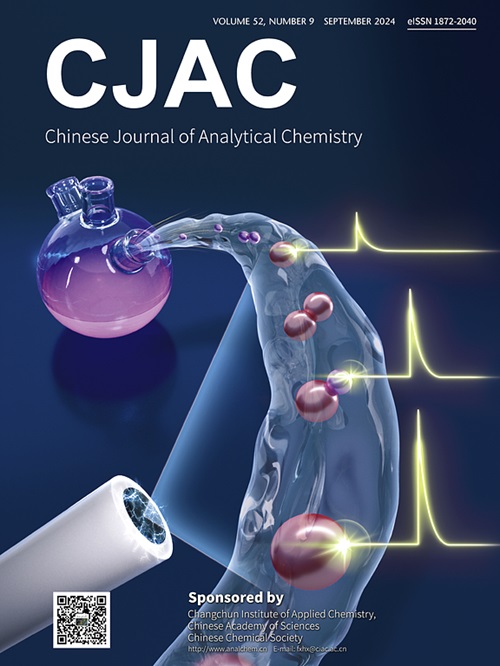Numerical simulation of droplet formation in a Co-flow microchannel capillary device
IF 1.3
4区 化学
Q4 CHEMISTRY, ANALYTICAL
引用次数: 0
Abstract
In this article, a numerical simulation of the droplet formation in a Co-flow microchannel capillary device, and the influencing factors of the formation of droplets are studied. The level set method is used to track the two-phase interface and droplet formation. In the Co-flow focusing device, we explored the influencing factors of the size of the generated droplets. In the Co-flow focusing device, we explored the influences of various factors on the droplet size, generation frequency, and the droplet pressure at the centerline. The results demonstrate that an increased ratio of dispersed phase velocity to continuous phase velocity leads to a significant increase in the volume of generated droplets, a significant decrease in droplet generation frequency, and a significant decrease in droplet pressure at the centerline. Furthermore, as the viscosity of continuous phase increases, the volume of generated droplets decreases significantly, the frequency of droplet generation increases significantly, and the pressure of droplets at the centerline decreases significantly. Additionally, an elevated contact angle between the continuous phase and the wall results in a slight increase in the volume of generated droplets, alongside a reduction in droplet generation frequency and a decrease in droplet pressure at the centerline. Moreover, with the increase in interfacial tension, there is a significant increase in the volume of droplet generation, a significant decrease in the frequency of droplet generation, and a significant increase in the pressure of droplets at the centerline.

共流式微通道毛细管装置中液滴形成的数值模拟
本文对共流式微通道毛细管装置中液滴的形成进行了数值模拟,并研究了液滴形成的影响因素。采用水平集方法跟踪两相界面和液滴的形成。在共流聚焦装置中,我们探讨了生成液滴大小的影响因素。在共流聚焦装置中,我们探索了各种因素对液滴大小、生成频率和中心线处液滴压力的影响。结果表明,分散相速度与连续相速度之比增加会导致生成液滴的体积显著增加,液滴生成频率显著降低,中心线处的液滴压力显著降低。此外,随着连续相粘度的增加,生成液滴的体积显著减少,液滴生成频率显著增加,中心线处的液滴压力显著降低。此外,连续相与壁面的接触角增大会导致生成液滴的体积略有增加,同时液滴生成频率降低,中心线处的液滴压力降低。此外,随着界面张力的增加,液滴生成量显著增加,液滴生成频率显著降低,中心线处的液滴压力显著增加。
本文章由计算机程序翻译,如有差异,请以英文原文为准。
求助全文
约1分钟内获得全文
求助全文
来源期刊
CiteScore
3.60
自引率
25.00%
发文量
17223
审稿时长
35 days
期刊介绍:
Chinese Journal of Analytical Chemistry(CJAC) is an academic journal of analytical chemistry established in 1972 and sponsored by the Chinese Chemical Society and Changchun Institute of Applied Chemistry, Chinese Academy of Sciences. Its objectives are to report the original scientific research achievements and review the recent development of analytical chemistry in all areas. The journal sets up 5 columns including Research Papers, Research Notes, Experimental Technique and Instrument, Review and Progress and Summary Accounts. The journal published monthly in Chinese language. A detailed abstract, keywords and the titles of figures and tables are provided in English, except column of Summary Accounts. Prof. Wang Erkang, an outstanding analytical chemist, academician of Chinese Academy of Sciences & Third World Academy of Sciences, holds the post of the Editor-in-chief.

 求助内容:
求助内容: 应助结果提醒方式:
应助结果提醒方式:


